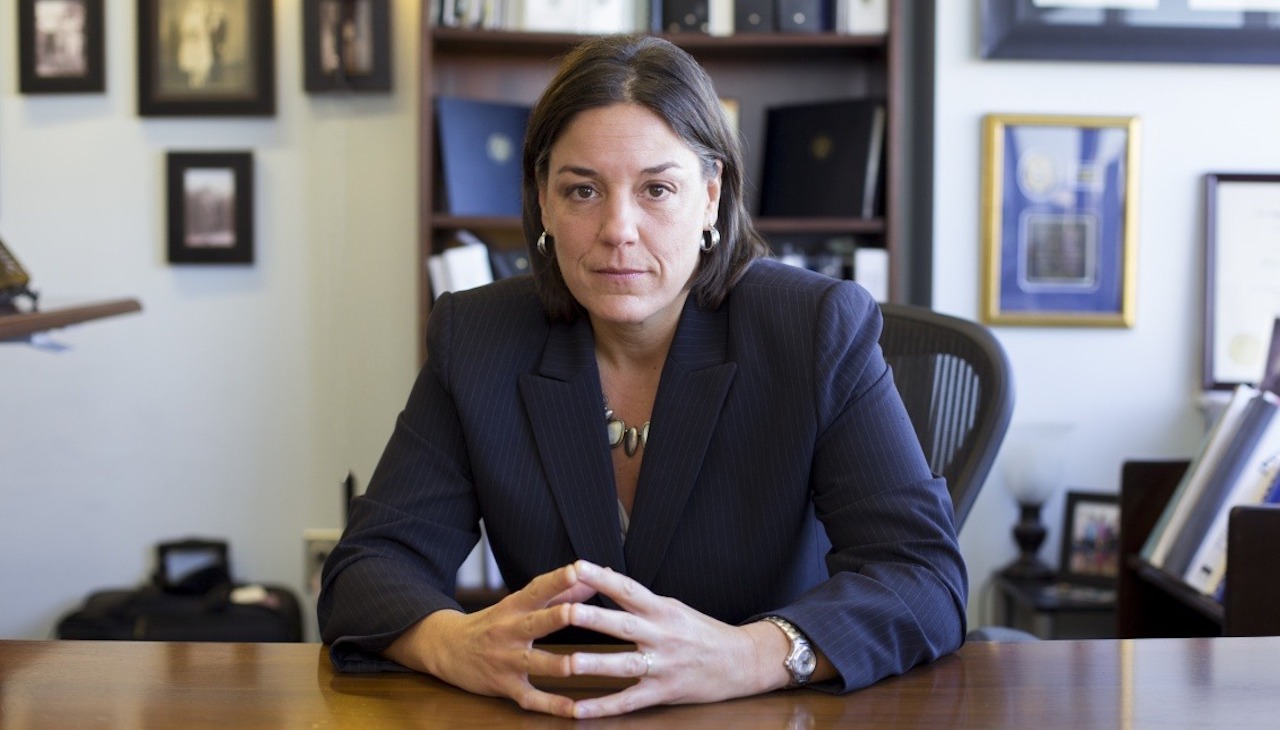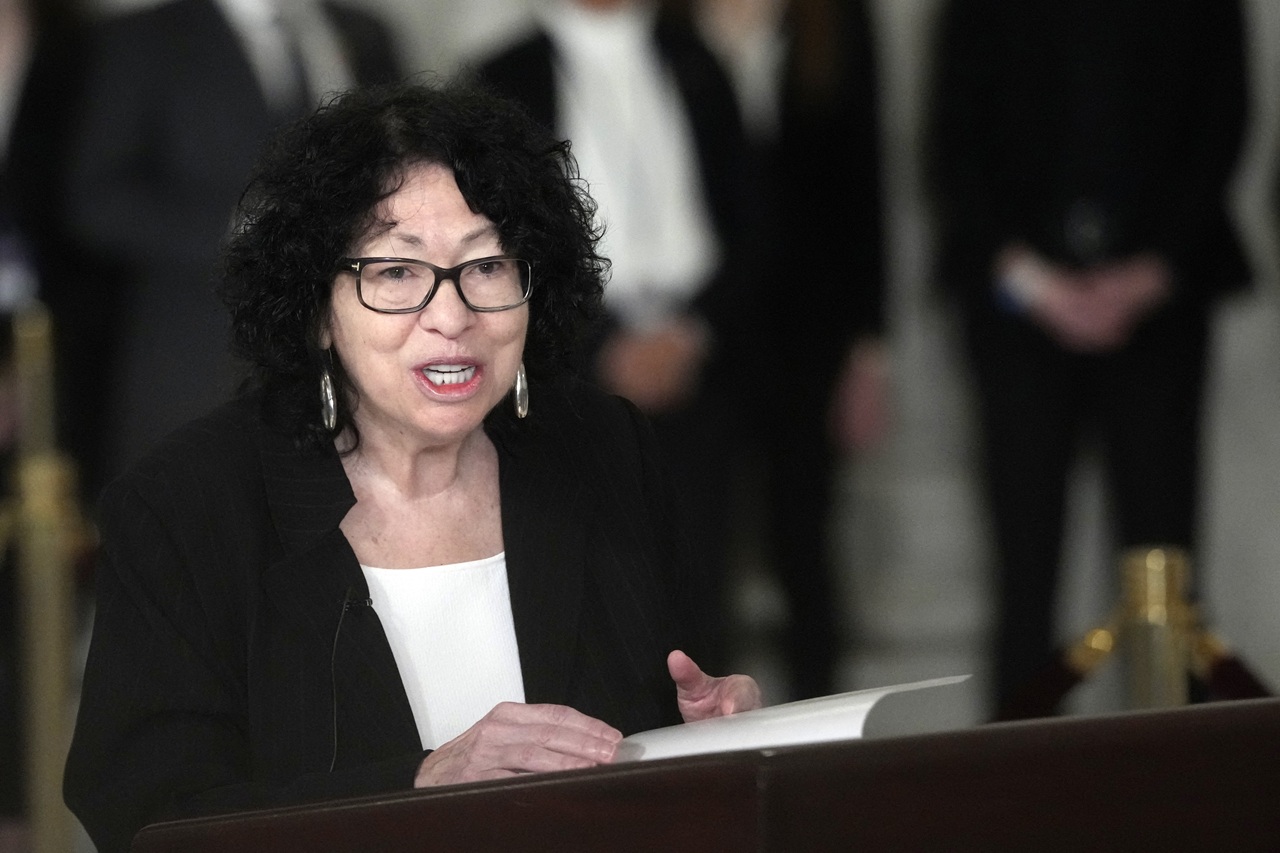
In the year of the nurse, Latinx nurses take center stage amid the COVID-19 pandemic
AL DÍA’s first-ever virtual RoundTable Talk featured four Philadelphia area nurses breaking barriers, coping with coronavirus and inspiring the next generation…
What does it mean to be a nurse?
In the year of the nurse, amid a pandemic, it means to be the center of the world, providing the critical care, physical and emotional, that patients need to survive and that families need to cope.
“What it means to be a nurse is to be an extension of family,” was Kemberly Girón’s answer to the question when posed during AL DÍA’s first-ever virtual RoundTable Talks.
Girón, a nurse practitioner in the Einstein Health Network was joined at the virtual roundtable by fellow Einstein nurse, Nina Velásquez, home care nurse Brunilda “Cookie” Sánchez and Dr. Adriana Pérez, a professor, researcher and nurse practitioner at the University of Pennsylvania.
Each participant gave a different answer to the question, but every one was rooted in the idea of nurses as family.
For Velásquez, nurses have to be able to wear “many hats.”
“We have a lot of skill, we have compassion when we work with our patients in hospitals and communities. We’re advocates for our patients,” she said.
The end goal is always to serve the patient as one would family.
“Our patient is not just the diagnosis but everything that comes with them,” said Peréz.
That includes the surrounding family, community and culture the patient carries with them into the hospital, or wherever they receive care from a nurse.
Those surrounding factors have unfortunately led to a healthcare divide that’s existed in nonwhite, especially Latinx communities, well before today’s coronavirus pandemic.
But with Latinx nurses like Sánchez, Girón, Peréz and Velásquez, some of that divide can be bridged.
As Sánchez said, as Latinx, they come from a culture of nurturing and supporting the community.
“It’s important to carry that into our profession,” she said.
Still, the four Latinx nurses are rarities in their workplaces, most being the only bilingual nurses in their units.
Representation in the profession is the first step, but their experiences have unveiled new gaps to fill. In some of them, they can be the bridge and in others, they can’t do it alone.
In Peréz’s experience as a researcher, she’s noticed “very low” participation rates from Latinos in any type of medical research like her own.
“Less than 1%, for example, of clinical trials include Latinos,” she said.
Those research trials often lead to the guidelines doctors use in practice when caring for and treating a patient, meaning Latinos are left out of the equation.
“On many levels, I think that shows up in negative health outcomes,” said Peréz.
Velásques pinpointed the divide in education, especially around some common medical practices and recommendations.
At her work in postpartum, Velásques has had to correct how some Latinx families care for their newborns.
“Oh keep the baby on the belly, the baby will sleep much nicer on the belly,” she cited from “old wise mamis and papis and abuelos” she’s encountered.
Research shows that newborns must sleep on their backs to prevent serious consequences such as sudden-infant death syndrome (SIDS) from inhaling too much of their own carbon dioxide.
“Things like that have to be communicated to our community to show that things have evolved and changed,” said Velásques.
Girón echoed the lack of education in the Latinx community, but added having the lowest rate of health insurance of any ethnic group in the country as another by-product.
She also cited the language barrier as another divide that keeps some Latinos from seeking professional medical treatment.
In an instance recalled by Sánchez when she worked in an ICU, a Latino patient came in with trouble breathing and chest pains. Rather than address the physical signs, she remembered a non-Latinx nurse telling the man he needed to learn English in response to his condition.
“I took a step back. I didn’t feel comfortable approaching this nurse at that time,” said Sánchez. “But I’ve learned throughout the years that it’s so important as professionals, we need to learn these tools… to learn how to communicate with our clients.”
For every story of difficulty shared by the four nurses, there was one of a Latinx patient lighting up at hearing their native tongue spoken to them or a rare understanding that one’s own are the center of Latinx life, especially in older patients.
“They do things for their family… and I think it’s a strength, actually, because they’re not self-centered. They think about their family, they think about their community and they think about things happening in the world,” said Peréz.
Unfortunately, what’s happening in the world with COVID-19 is exposing more of the disparities than the bridges in Latinx healthcare in the U.S
When asked about the disproportionate amount in the Latinx community being infected and killed by coronavirus, none were surprised.
“What did we think was going to happen?” said Girón. “Coronavirus has set health inequalities on fire.”
As a nurse who’s worked with coronavirus patients in their homes, Sánchez spoke of the difficulties getting some large Latinx families to understand the concept of social distancing — a tactic proven key to curbing the spread of COVID-19.
Velásquez showed concern for the rising number of cases among all women of color nurses. Despite being a small percentage of the overall nurse workforce, they make up a majority of the nurses “affected” by coronavirus.
“By ‘affected,’ I mean deaths,” said Velásques.
RELATED CONTENT
The data came from some of Peréz’s research, who called COVID-19’s disproportionate effect on Latinx communities “disheartening.”
“But at the same time, our research shows that the community is very resilient,” she said. “It’s a very strong, faith-based community, so they rely on those strengths on the family and on nurses like you see here taking care of them.”
Another area of nursing also coming to light amid the pandemic is nurse mental health.
Many across the world have struggled to cope with the daily death wrought by coronavirus.
The question was an emotional one for Girón, who treats COVID-19 patients daily.
To cope with what she experiences, she’s taken to journaling.
“I want to look back and realize how far I’ve come and how strong I was in this moment,” she said.
Sánchez said she relies on a strong support system of family and friends to better her spirits. She’s also completed some virtual runs and tries to eat healthy to get her mind away from the craziness of her work and provide balance.
“Definitely be educated because as nurses we need to know what’s happening, but just don’t consume yourself into it,” she said.
The COVID impact on nursing
When considering the long-term impacts of COVID-19 on nursing, Peréz believes the pandemic is showing the world more of what nurses are as leaders and advocates in the healthcare industry.
Her hope is that more end up at the table when decisions on policy are made.
“Who better than nurses their patients?” she said.
As for the future generation of Latinx nurses, the roundtable was full of encouragement.
For one, the National Association of Hispanic Nurses (NAHN), which has 47 chapters nationwide including one in Philadelphia, is a support system that offers scholarships to aspiring nurses still in school and provides many young Latinx nurses the opportunity to find mentors and learn about working in the community.
“It’s important to give back that knowledge,” said Sánchez, who also said she came up without a mentor.
As the only non-NAHN member at the table, Girón said it is her “life’s purpose” to serve the community and also take as many opportunities as she can to go back and visit schools to talk to Latinx youth.
“Having them see: ‘you can become this,’” she said, is what’s most important.
Their message to the next generation is one that rings especially true for all nurses around the world today.
“Don’t give up.”










LEAVE A COMMENT: